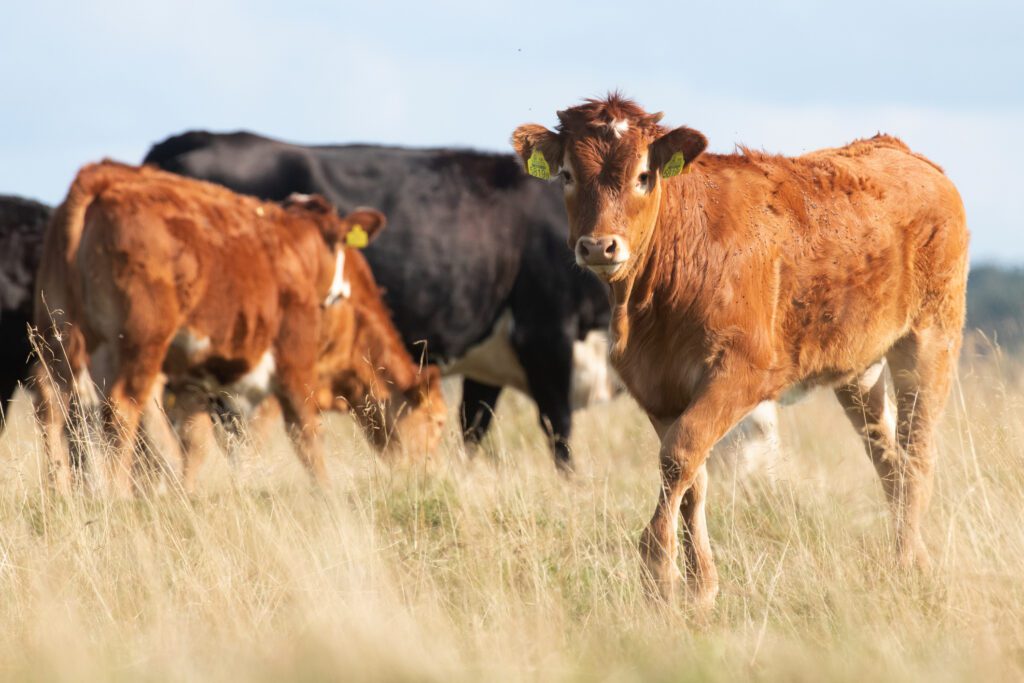 My family has started to complain about the amount of pork and chicken we’re eating. As the primary grocery shopper and cook in our home, I’ve made the decision to buy much less beef lately. Prices seem to climb higher every week, and it’s becoming harder to justify.
My family has started to complain about the amount of pork and chicken we’re eating. As the primary grocery shopper and cook in our home, I’ve made the decision to buy much less beef lately. Prices seem to climb higher every week, and it’s becoming harder to justify.
These rising costs have prompted the Trump administration to announce its intent to expand beef imports from Argentina. Agriculture Secretary Brooke Rollins explained that the move is meant to ease pressure on consumers while the U.S. cattle herd, now at its smallest in more than seventy years, slowly rebuilds after years of drought and high feed costs.
Critics argue that this plan could undermine domestic producers who are already operating on thin margins. There are also health concerns, since Argentina only recently regained full access to the U.S. market after earlier outbreaks of foot and mouth disease.
The impact of rising beef prices extends far beyond the meat aisle. Higher food costs squeeze restaurant and grocery store profits, often forcing them to delay equipment repairs, technology upgrades, or facility improvements impacting companies that provide those services. These price hikes also reduce the consumers’ discretionary spending, which can lower revenues in unrelated industries such as tourism and entertainment. Sustained food inflation can even influence monetary policy, leading central banks to keep interest rates higher for longer, which affects the entire economy and financial markets.
As we learned during the COVID-19 pandemic, global supply chains are fragile. A disruption in something as specific as the U.S. beef supply can create ripple effects felt around the world.
Before firing up the grill in anticipation of cheaper Argentinian T-bones, it’s worth noting that any price drop from increased imports will likely be modest and short-lived. Even if all 80,000 tons of beef the administration hopes to import arrive quickly, that amount represents less than one percent of total annual U.S. beef consumption.
Much like the rising healthcare costs I discussed last week, the same market forces of supply and demand need to rebalance to bring meaningful change. Importing more beef may offer temporary relief, but the long-term solution lies in strengthening domestic cattle production or rethinking our nation’s love affair with red meat. In my humble opinion, the former seems far more achievable than the latter.
(Past performance is no guarantee of future results. The advice is general in nature and not intended for specific situations)
